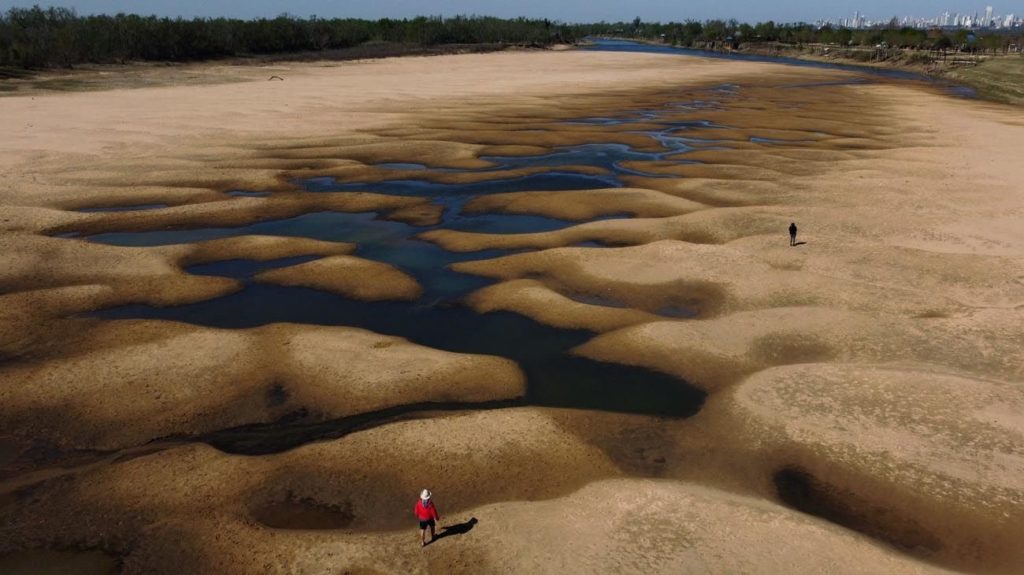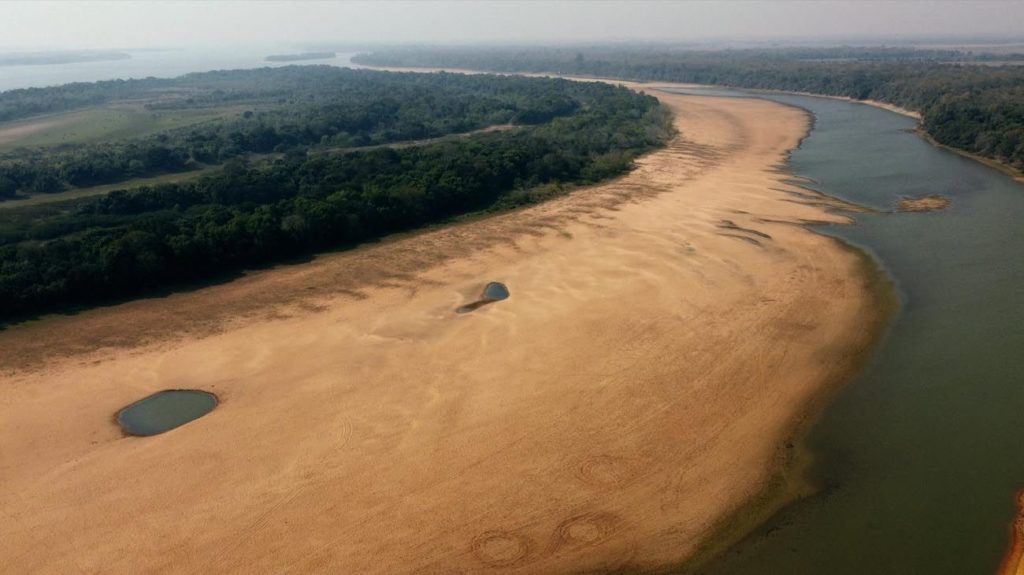The Paraná, with the world’s 10th largest river basin, has dropped to its lowest levels since 1940. Experts doubt whether it will recover the exuberance which made it the main thoroughfare of Mercosur integration, even after the rainy season in December.

The decrease in recent months has become so drastic that it is affecting merchant shipping, the generation of hydro-electric power, fisheries and the supply of water for household consumption and irrigation while modifying its geographical relief, water and river-bed in ways which nobody dares to venture will be permanent. Some 4,000 barges, 350 tugboats and 100 container carriers are waiting for the river level to rise, causing significant cost overruns for the transport of fuel, fertilizer, food and other imported goods. Around 85% of Paraguay’s foreign trade is conducted via the river.

As our farm is situated along the river Tebicuary (a tributary to the Paraná River), the situation is even worse in terms of water availability, and our business is highly depended on water (water pumped from the river should be kept standing in the rice field throughout the growth period). Given the high probability of a coming strong drought, we decided to reduce our rice sowing plan to around 600 ha (vs 1,750 ha). However, we will complete our mix by sowing 1,100 ha of soybean with corn as double crops. This area has been developed over the last 6 months. Soybean and corn do not need permanent irrigation as rice, only rainfalls and those crops have a different sowing season than rice. Subject to weather evolution in the coming months, we will be still able to add more surfaces to soybean cultivation by reallocating some unused rice surface to this crop.
